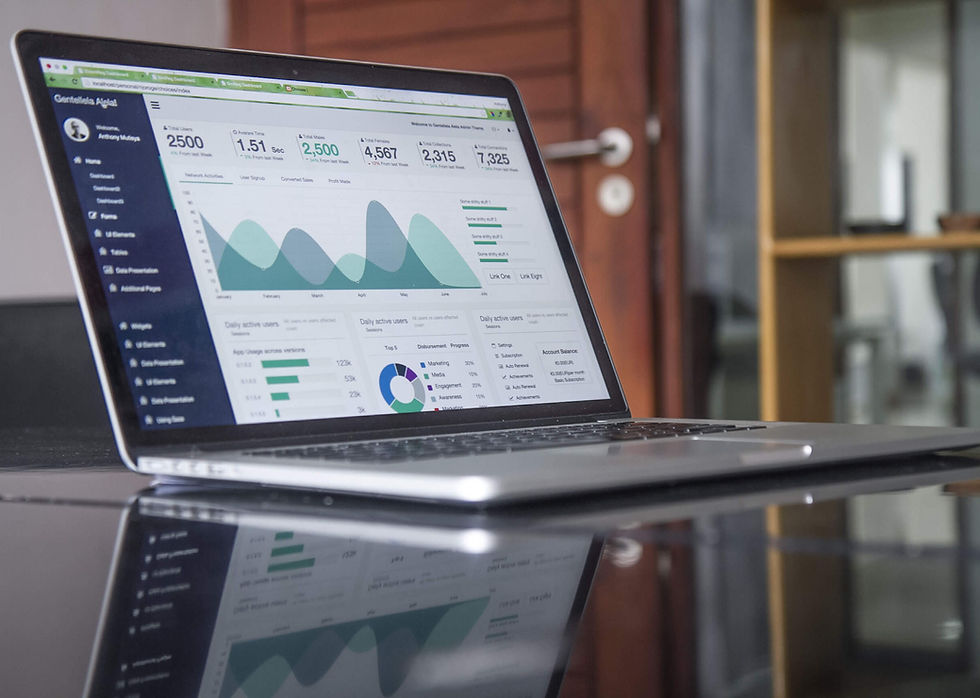How Retailers Can Reduce Queues and Increase Sales
- Dayta AI
- Oct 5, 2020
- 3 min read
Updated: Nov 3, 2020

The success of any business depends on how efficiently it can cater to its customers’ needs and provide them with goods and services. Keeping customers waiting in long queues only makes them impatient, and retailers are likely to lose business to other businesses that can better manage their customers. As one of the most frequent shopper frustrations, long waiting queues pose a real challenge to retailers. Since checkout counters are the last in-store touchpoints retailers have with shoppers, the way retailers approach this problem is crucial to whether they can retain the customers.
Lack of queue management results in a loss of sales and damage to a brand’s reputation
A report carried out by Box Technologies and Intel reveals that bad queue management may result in a loss of sales and damage to a brand’s reputation. If customers repeatedly have to wait in queues every time they visit the store, there is a very high chance that they might start avoiding the store or switching to competitors. Globally, negative shopping experiences due to long queueing time cost retailers an estimated $71 billion loss in sales per year.
86% of surveyees avoid stores if they feel a queue is too long
83% believe that fast-moving queues are a vital part of the shopping experience
4% would prefer to shop in a competitor’s store if they felt queueing time was lower
70% would be less likely to return to the store after experiencing long waits
Nobody likes waiting in queues, but some are more impatient than others. Researches show that young shoppers have a smaller tendency to wait in lines, compared to older consumers. Shoppers aged 55 above were considered as the most patient ones, willing to wait up to 7 minutes. Shoppers between 25–34 were the least patient, willing to wait up to only 6.39 minutes.
With such detrimental effects that queues have on sales, what can retailers do to improve queue management and reduce queueing time?
Implement an Effective Queue Management System
A queue management system will help retailers to count the number of customers at checkout counters and the average time they spend waiting. By analyzing the data obtained from the queue management technology, retailers will be able to come up with an optimal checkout queue length. Information about customer flows, peak hours of the business, and optimal queue length can be used for better staff allocations to meet customer needs more efficiently. A well organized queuing system prevents the stores from becoming overcrowded in checkout areas, improving the overall store atmosphere, thus enhancing the in-store experience for shoppers.
Reduce the Perceived Queueing Time
Even with the most potent queue management system in place, some amount of queueing time will inevitably occur. In this case, it is crucial to reduce the perceived queueing time. People’s perception of queueing time is reasonably accurate up to a minute and a half, but after that, people tend to overestimate how long they are in a queue. One solution to reduce the perceived waiting time is to keep the shoppers busy. While customers are waiting in line, this is the last opportunity to encourage last-minute impulse purchases by putting affordable, complementary products in queues. To do so, retailers should place products with an attractive appeal, practical uses, or complementary products.
Lower the Queueing Anxiety
A common frustration present among many people is not knowing how long they will have to stand in a queue before they can access the counter. One way to prevent this is to utilize the data gathered from the queueing management system and predict the queueing time. If customers know how long they will have to wait, this will reduce their stress levels and make them feel more at ease. Having staff interact with customers in line can also distract customers from fixating on the thought that they are currently queueing up. Staff can walk around, offer products to try out, or carry displays where shoppers can sign up for newsletters. By engaging with customers, retailers can also utilize the queue as an ideal opportunity to receive invaluable real-time feedback.
As the last touchpoint retailers have with customers in the store, the checkout process is a significant aspect to impress the customers. By integrating technology with creativity, retailers can turn the queuing frustration into an advantage by engaging customers, receiving their feedback, and collecting valuable data. If done correctly, this can differentiate retailers substantially from competitors and further improve the shoppability of the store.
Cyclops is a retail analytics system that can help retailers generate insights into how their customers shop inside their stores. To understand more about how Cyclops can help retailers digitally transform their stores amid the COVID-19 pandemic, visit our website: https://dayta.ai



Comments